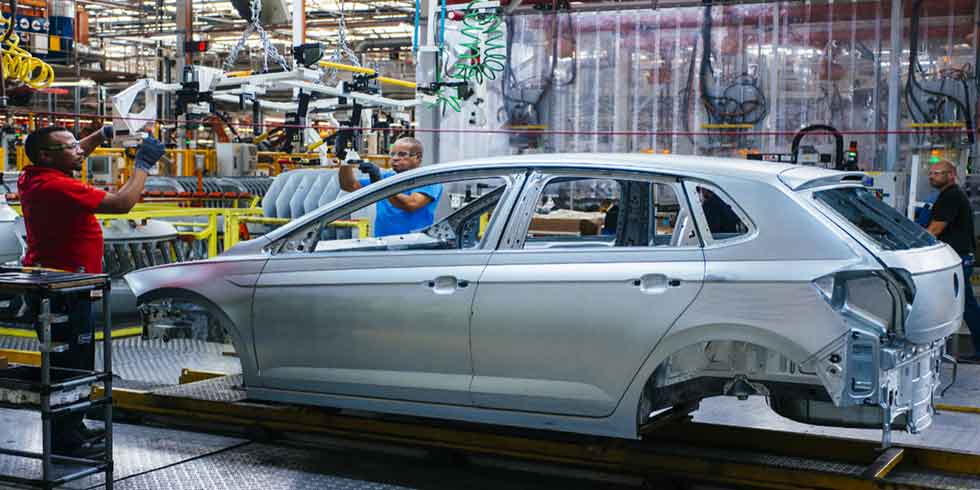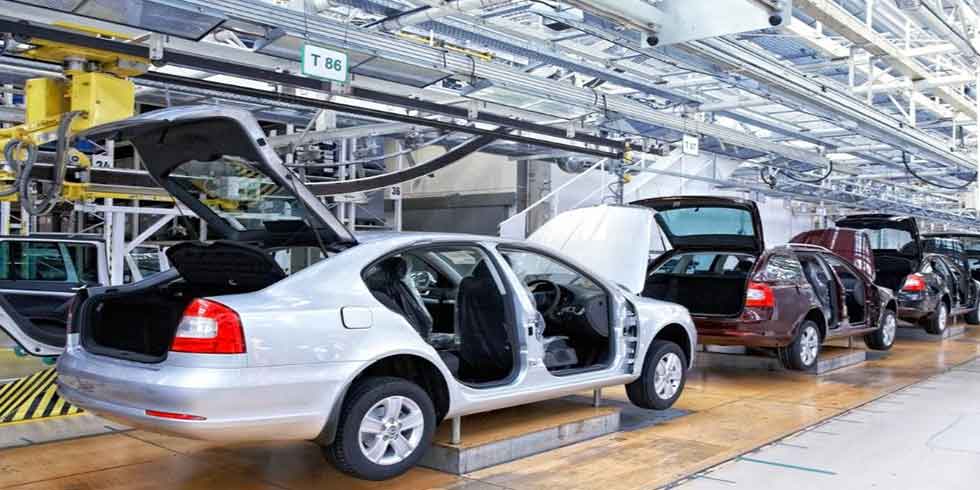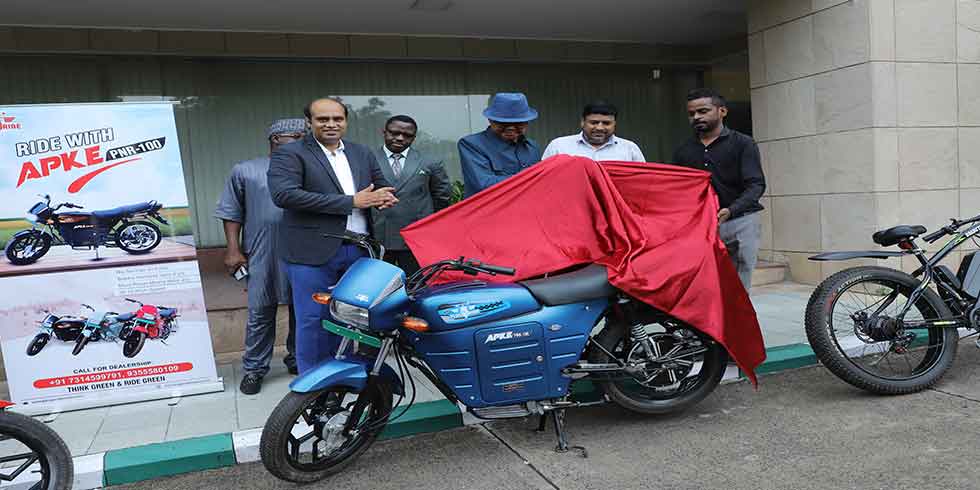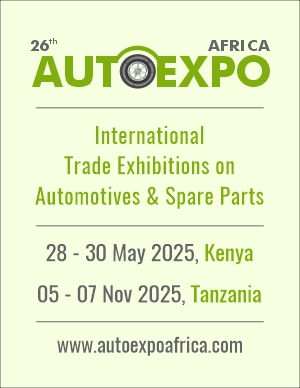The Indian automobile industry is a critical and crucial industry to Indian economy, which has seen lots of FDI inflows. The industry has also become a major stakeholder in India-Japanese relations. Japan is one of the major investors in Indian automobile industry among other countries. Even before India market liberalization period Japanese automakers were active in India either as technical collaboration or minor partner with Indian companies.
FDI inflows from Japan is highly focused on automobile industry and is the second leading sector, attracting nearly 20% of the total FDI during the period 2000-2014.
While India is price-conscious economy and also the need to shift towards green vehicles is increasing along with strategies to lessen the road fatalities; Japanese major players appears to have sharpened these needs and are already equipped with the necessary capabilities to cater to needs of Indian Market. Manufacturers are placing greater faith in dual-fuel, clean and Robotic based artificial intelligence technologies than alternatives.
The Biennial Tokyo Motor Show makes car enthusiasts always to watch out for next generation cars. In addition to Japanese Home made cars; World Car Makers exhibit their series of the most desirable vehicles that may or may not fill our roads in the near future. This year the show also had advanced robotic concept cars that were highly attractive and technologically appealing to many visitors. Recently, at the Tokyo Motor Show 2015, among the innumerable cars, the newest of the newest: Driverless cars and ZERO emissions concepts were exhibited to the fullest imagination.
Driving without driving appears to be theme every car makers had in mind for 2015; Japan’s domestic car manufacturers have made significant efforts with 40 plus new debuts along with finest Artificial Intelligence programs installed in every concept.
NISSAN IDS concept: A car that can drive itself to places by full automatic operation. Not only does it have Piloted Drive (PD) mode, but has an installation of Manual Drive (MD) mode for those who are fans of driving on their own. Nothing complicated, just a switch of a button to PD mode, the steering wheel, axle, and brake are receded into the inside bringing a screen out visible for passengers. This model has been made to be friendly to others surrounding them including other cars and pedestrians. With a front window that equips an electric panel interiorly, enables the car to flash messages of “After you”. Interactive enough to allow other drivers to grasp the pave the way.
In addition, with LED lights equipped on the sides of the car body, it will enable for the car to give signals in the dark of its existence to the outside. One of the goals presented is to reach a world with zero traffic fatalities. Another is zero emissions. Having an installation of a new and improved electric battery, of course no CO2 emission and also longer driving distance with the same amount of battery charge.
Other companies are also finding their way to autopilot their driverless vehicles. Honda too has unveiled the Wander Stand Concept at the event. This vehicle is made very compact, fitting 2 adults. What makes it a one of a kind in the industry is how it can make lateral and diagonal movements unlike any other. While it most likely is to drive itself around, the dashboard will have a touchscreen and a rotating stick that replaces the role of a steering wheel. In other words, passengers will be able to use the rotating stick to move the vehicle around as desired. The car also has very unique characteristic is the body shape, the model is made very compact and is surprisingly made taller and shorter in length compared to what we are used to seeing today. Apparently this is designed for the vehicle to accomplish nearly to ensure pedestrians are in the Wander Stand.
Nonetheless every car that was exhibited were in lined for future automobile requirements, of market like India and other countries. Automotive parts makers are also grabbing the new scale opportunities, the new needs are also pushing to find tie-ups and collaborations in India.
Demographically and economically well positioned, rising prosperity, easier access to Finance and increasing affordability of consumers all these factors are signaling that India’s automotive industry is well-positioned for growth that lures Japanese Manufacturers. To cater to both domestic demand and export opportunities, Japanese Manufacturers of all kinds are focusing to tap Indian market. Automotive sector is been and will always be a Golden sector for India- Japan business relations contributing from all dimensions.
Automotive sector the golden sector for India - Japan business









Add Comment